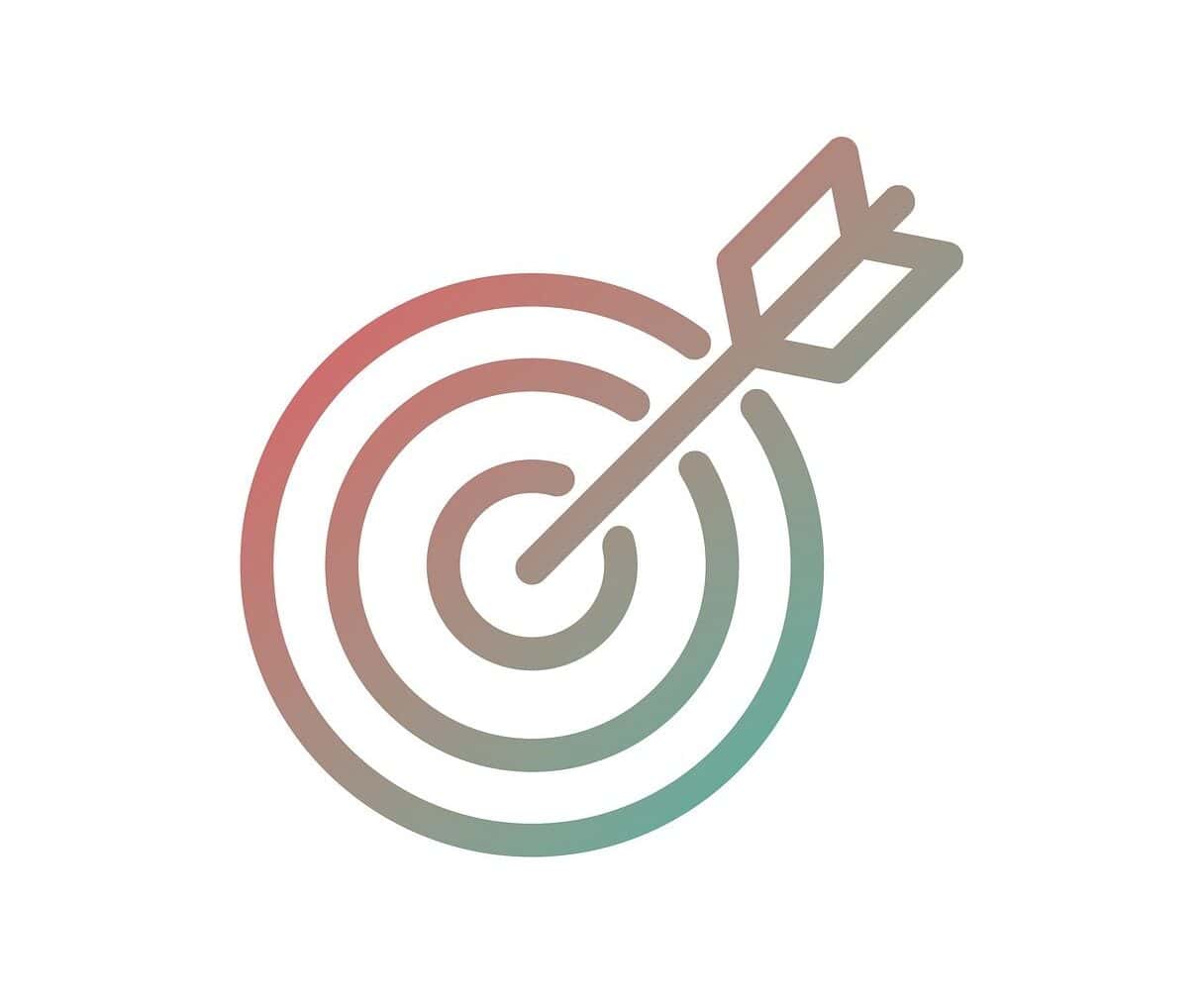
The goal of this article is to provide you with a better understanding of how OKRs (Objective and Key Results) may be used in Holacracy in order to enhance focus and alignment across the organization and keep role autonomy.
In Holacracy-driven organizations people experience a lot of autonomy at work. Each person can come up with a new initiative, start a new project, co-create parts of the organizational structure, flexibly take on multiple roles and the list goes on.
All this is great, as it allows for learning, creativity, innovation, increased motivation, ownership and more. To make it work and to avoid chaos and damage, Holacracy provides overarching rules that create alignment of goals, frequent syncs of circle members and company-wide transparency. This is how Springest, and other Holacracy-driven organizations, have been able to create spaces where individuals experience autonomy and stay highly aligned at the same time.
OKRs (Objective and Key Results) are yet another tool that an organization can use to make alignment even stronger and to introduce more focus. It’s not an inherent part of Holacracy but, as we can see in Springest’s example, it is very compatible!
Incorporating OKRs into Holacracy
A couple of weeks ago
Ruben Timmerman shared a few insights into how Springest uses OKRs to become ever more aligned and focused while maintaining autonomy and self-management at their core.

As we learned from Ruben’s article, it is the Lead Link of the broadest circle (Alignment circle in this case) that decides on the broadest set of OKRs that corresponds with the organization’s main purpose.
This type of action stands in line with one of the accountabilities that the Lead Link role usually holds, that is ‘Establishing priorities and Strategies for the Circle’.
After that, Lead Links of the sub-circles, including the Organizations circle that is used as an example in this article, interpret OKRs at a deeper level.
Ewout Meijer is the Lead Link of the Organizations circle. He also has the “OKR Master” role. Below are some practical insights from a sub-circle Lead Link’s perspective, shared by Ewout.
Can you describe how you, as Lead Link, incorporated the OKRs for this quarter?
Our Alignment circle has one objective for this quarter, which is: “Stay healthy while playing our end game”. Then, at the same circle level, the Lead Link of the Alignment circle described 5 key results that support this objective.
I, as the Lead Link of the sub-circle, looked into these key results and used the one that applies to the Organizations circle. Then I created an objective out of that and I placed it on my circle. During this quarter, I incorporated just one out of five key results that live in the Alignment circle.
What happened with the rest of them?
There are always key results placed on the Alignment circle that don’t fit with our Organizations circle and that’s ok. There are other circles nested in the broadest circle that fit in better with the rest of key results and I trust they will take care of them.
Btw, this is a great way to do a reality check. If we don’t have a circle to cover a certain result, it’s a sign that our current structure probably needs an update.
What guides you most when setting an objective and key result(s) for the sub-circle?
The actual purpose of my circle. I want to make sure that we do something that helps us achieve the purpose and that we can, at the same time, incorporate into the purpose of our organization.
What is the connection between roles in your circle and OKRs that you place on it?
We may have 20 roles in the circle but only 10 may be really useful for achieving a particular objective. So, for example, we may really focus on customer satisfaction during this quarter and then, let’s say next quarter, we’ll be really focusing on increasing our sales.
The most important part is that the OKRs really help each of us to prioritize our time. In Holacracy, each person (usually) has multiple roles. OKRs help us to make even more conscious decisions on how to choose projects and actions that have the most impact.
In his article, Ruben mentioned that you don’t incorporate OKRs at the role level…
Yes, it is not done by default. We self-manage our roles. When you have a role in Holacracy, no one has the right to tell you what to do. So, if the person that has a particular role feels it may be helpful to him or her to set a goal to be achieved, h/she is free to impose this on that role. But it’s not something that’s expected nor something that the Lead Link does.
If you’re interested in learning more about OKRs in Holacracy, or if you have any requests for future articles, don’t hesitate to reach out to gabriela@energized.org. Always happy to hear from you 🙂
To learn more about self-management, join a community of pioneers and check out our e-courses → Self-Management Accelerator

